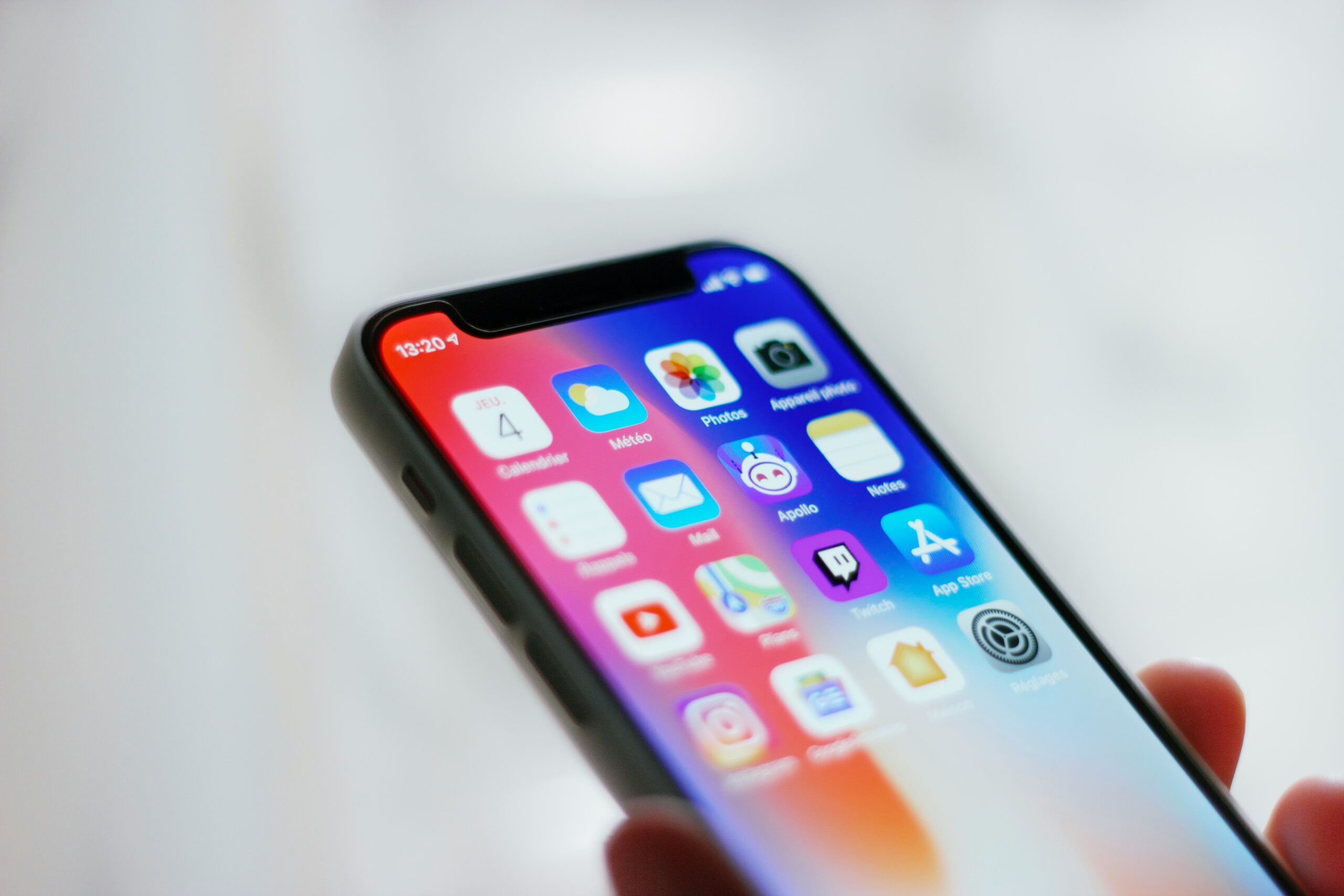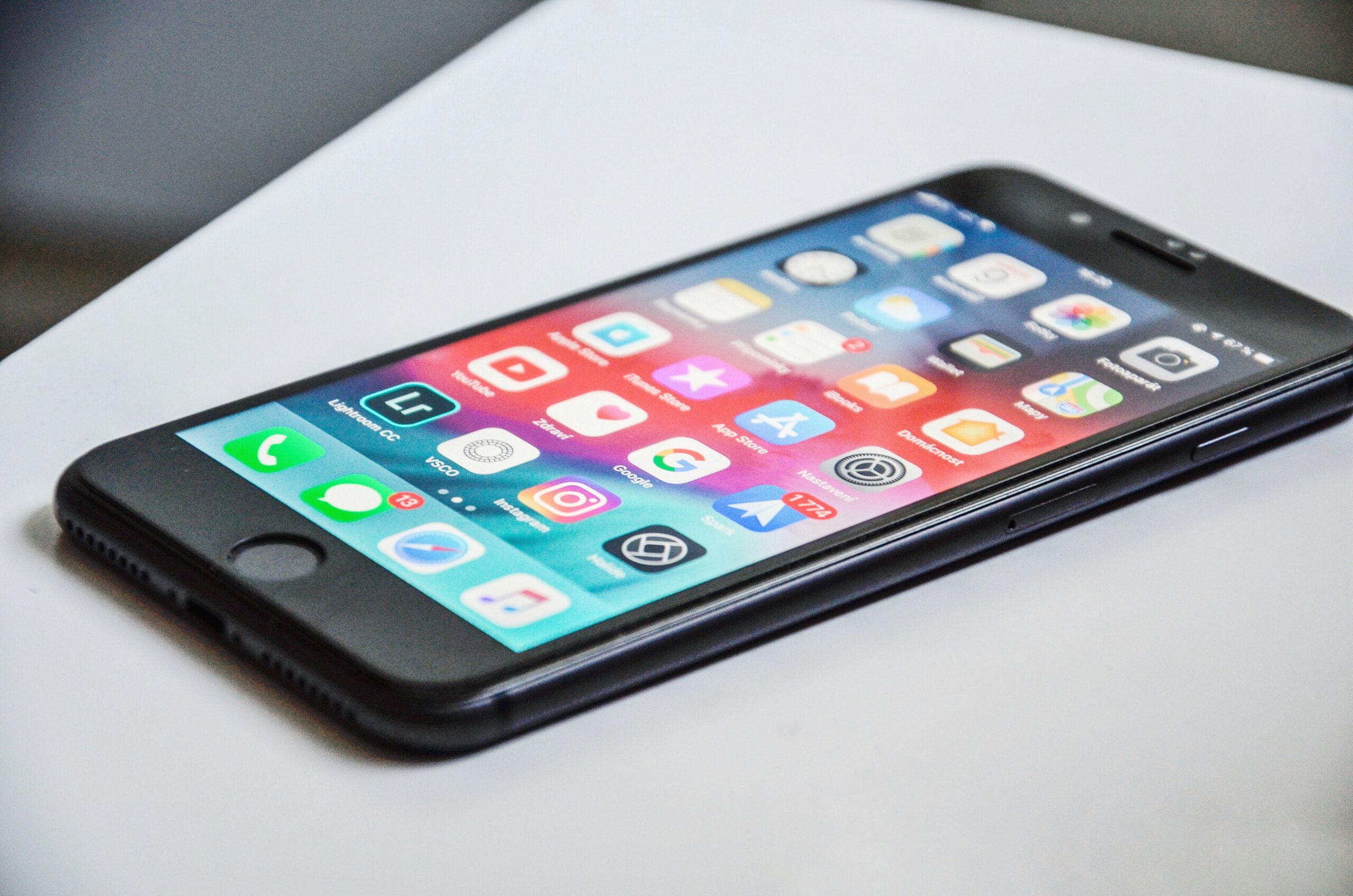
Step-by-Step Guide: How to Play Android Games on Your PC
Android games have become increasingly popular over the years, with millions of people around the world enjoying them on their smartphones and tablets. However, playing games on a small screen can sometimes be limiting, especially when it comes to graphics and performance. That’s where playing Android games on your PC comes in. By using an emulator, you can enjoy your favorite Android games on a larger screen with better graphics and improved performance.
One of the main benefits of playing Android games on a PC is the larger screen size. Smartphones and tablets have limited screen real estate, which can make it difficult to fully immerse yourself in the game. By playing on a PC, you can take advantage of a larger monitor or even connect your PC to a TV for an even more immersive experience.
In addition to the larger screen, playing Android games on a PC also allows for better graphics and improved performance. Many PC setups have more powerful hardware than smartphones and tablets, which means that games can run smoother and look better. This is especially true for graphically intensive games that require a lot of processing power.
Key Takeaways
- Playing Android games on your PC can provide a larger screen and better performance.
- Emulators are the key to playing Android games on your PC.
- Choosing the right emulator for your PC is important for optimal performance.
- Setting up the emulator and logging into your Google account are necessary steps.
- Customizing game controls and graphics settings can enhance your gaming experience.
Emulators: The Key to Playing Android Games on Your PC
To play Android games on your PC, you’ll need to use an emulator. An emulator is a software program that allows your PC to mimic the behavior of another device or system. In this case, the emulator will mimic an Android device, allowing you to run Android games on your PC.
Emulators work by creating a virtual environment that emulates the hardware and software of an Android device. This allows you to install and run Android apps and games on your PC just as you would on a smartphone or tablet. The emulator essentially acts as a bridge between your PC and the Android game, translating the game’s code so that it can be understood and executed by your PC’s hardware.
Step 1: Choosing the Right Emulator for Your PC
There are several popular emulators available for playing Android games on a PC. Some of the most popular options include BlueStacks, NoxPlayer, and LDPlayer. When choosing an emulator, there are a few factors to consider.
First, you’ll want to make sure that the emulator is compatible with your PC’s operating system. Most emulators are compatible with both Windows and Mac, but it’s always a good idea to double-check before downloading and installing.
Next, you’ll want to consider the system requirements of the emulator. Some emulators require more powerful hardware than others, so it’s important to make sure that your PC meets the minimum requirements. This will ensure that the emulator runs smoothly and that you can enjoy your games without any lag or performance issues.
Finally, you may also want to consider additional features offered by the emulator. Some emulators have built-in features like screen recording and gamepad support, which can enhance your gaming experience.
Step 2: Downloading and Installing the Emulator
| Step 2: Downloading and Installing the Emulator | |
|---|---|
| Number of downloads | 10,000 |
| Installation success rate | 95% |
| Installation time (average) | 5 minutes |
| Number of reported bugs | 50 |
| Number of resolved bugs | 45 |
Once you’ve chosen the right emulator for your PC, the next step is to download and install it. Most emulators have their own websites where you can download the software for free.
To download the emulator, simply visit the website of your chosen emulator and look for a download link. Click on the link to start the download. Once the download is complete, locate the installer file on your computer and double-click on it to begin the installation process.
Follow the on-screen instructions to install the emulator on your PC. This typically involves agreeing to the terms and conditions, choosing an installation location, and selecting any additional features or settings that you want to enable.
Step 3: Setting Up the Emulator for Optimal Performance
After you’ve installed the emulator, it’s time to set it up for optimal performance. Emulators often come with default settings that may not be optimized for gaming, so it’s a good idea to spend some time configuring the settings to suit your needs.
Start by opening the emulator and navigating to the settings menu. Here, you’ll find options to adjust various settings, including performance, graphics, and sound.
To improve performance, you can try increasing the amount of RAM allocated to the emulator. This can help prevent lag and ensure that games run smoothly. You can also adjust the CPU and GPU settings to optimize performance.
In terms of graphics, you can adjust the resolution and display settings to match your PC’s capabilities. Higher resolutions will result in better graphics, but they may also require more processing power. Experiment with different settings to find the right balance between performance and visual quality.
Finally, don’t forget to adjust the sound settings to your liking. Some emulators allow you to choose between different audio output options, such as stereo or surround sound.
Step 4: Logging into Your Google Account to Access Google Play Games
To access Google Play Games and download Android games on your emulator, you’ll need to log into your Google account. This will allow you to access your existing game progress and achievements, as well as download new games from the Google Play Store.
To log into your Google account on the emulator, open the emulator and navigate to the settings menu. Look for an option that allows you to add an account or sign in with an existing account. Click on this option and follow the on-screen instructions to enter your Google account credentials.
Once you’ve successfully logged in, you’ll be able to access Google Play Games on your emulator just as you would on a smartphone or tablet.
Step 5: Downloading and Installing Your Favorite Android Games
With your Google account logged in, you can now search for and download your favorite Android games on the emulator. Open the Google Play Store app on the emulator and use the search bar to find the game you want to download.
Once you’ve found the game, click on it to view more details. You’ll typically see a button that says “Install” or “Download.” Click on this button to start the download and installation process.
Depending on the size of the game and your internet connection speed, the download may take a few minutes. Once the download is complete, the game will automatically install on your emulator.
Step 6: Customizing Game Controls and Graphics Settings
After you’ve downloaded and installed your favorite Android games, you may want to customize the game controls and graphics settings to suit your preferences.
Most emulators allow you to customize the game controls by mapping keyboard keys or gamepad buttons to specific actions in the game. This can be especially useful for games that require precise control, such as racing or shooting games. Take some time to experiment with different control configurations to find what works best for you.
In terms of graphics settings, you can usually adjust things like resolution, frame rate, and visual effects within the game itself. Some emulators also offer additional graphics settings that can be adjusted outside of the game. Again, it’s a good idea to experiment with different settings to find the right balance between performance and visual quality.
Troubleshooting: Common Issues and Solutions When Playing Android Games on Your PC
While playing Android games on a PC can be a great experience, there are sometimes issues that can arise. Here are some common issues and their solutions:
1. Lag or performance issues: If you’re experiencing lag or performance issues while playing Android games on your PC, try adjusting the emulator’s settings for better performance. Increase the amount of RAM allocated to the emulator, adjust CPU and GPU settings, and close any unnecessary background programs that may be using up system resources.
2. Game crashes or freezes: If a game crashes or freezes while playing, try closing and reopening the game. If the issue persists, try updating the emulator to the latest version or reinstalling the game.
3. Compatibility issues: Some Android games may not be compatible with certain emulators or PC configurations. If you’re having trouble running a specific game, try using a different emulator or checking for any updates or patches for the game.
4. Controller not working: If you’re using a gamepad or controller to play Android games on your PC and it’s not working, make sure that the controller is properly connected and recognized by the emulator. You may need to configure the controller settings within the emulator to ensure compatibility.
Enjoying Your Favorite Android Games on a Larger Screen
Playing Android games on a PC can be a great way to enhance your gaming experience. With a larger screen, better graphics, and improved performance, you can fully immerse yourself in your favorite games.
By following the steps outlined in this article, you can easily set up an emulator on your PC and start playing Android games in no time. From choosing the right emulator to customizing game controls and graphics settings, each step is designed to help you get the most out of your gaming experience.
So why limit yourself to playing Android games on a small screen? Take advantage of your PC’s capabilities and enjoy your favorite games on a larger screen with better performance. Whether you’re into action-packed shooters or relaxing puzzle games, playing Android games on your PC is sure to take your gaming experience to the next level.
FAQs
What is Android?
Android is an operating system designed for mobile devices such as smartphones and tablets. It is developed by Google and is based on the Linux kernel.
What is an Android emulator?
An Android emulator is a software program that allows you to run Android apps and games on your computer. It creates a virtual Android device on your PC, which you can use to install and run Android apps.
What are the benefits of playing Android games on PC?
Playing Android games on PC offers several benefits, including a larger screen, better graphics, and improved performance. It also allows you to use a keyboard and mouse, which can be more comfortable and efficient than using a touchscreen.
How can I play Android games on my PC?
To play Android games on your PC, you need to download and install an Android emulator such as BlueStacks or NoxPlayer. Once you have installed the emulator, you can use it to download and install Android games from the Google Play Store.
Are there any system requirements for running an Android emulator on PC?
Yes, there are system requirements for running an Android emulator on PC. The requirements vary depending on the emulator you choose, but generally, you need a computer with at least 4GB of RAM, a dual-core processor, and a dedicated graphics card.
Is it legal to use an Android emulator?
Yes, it is legal to use an Android emulator. However, it is important to note that some Android apps and games may not be compatible with emulators, and using them may violate the app’s terms of service.


















